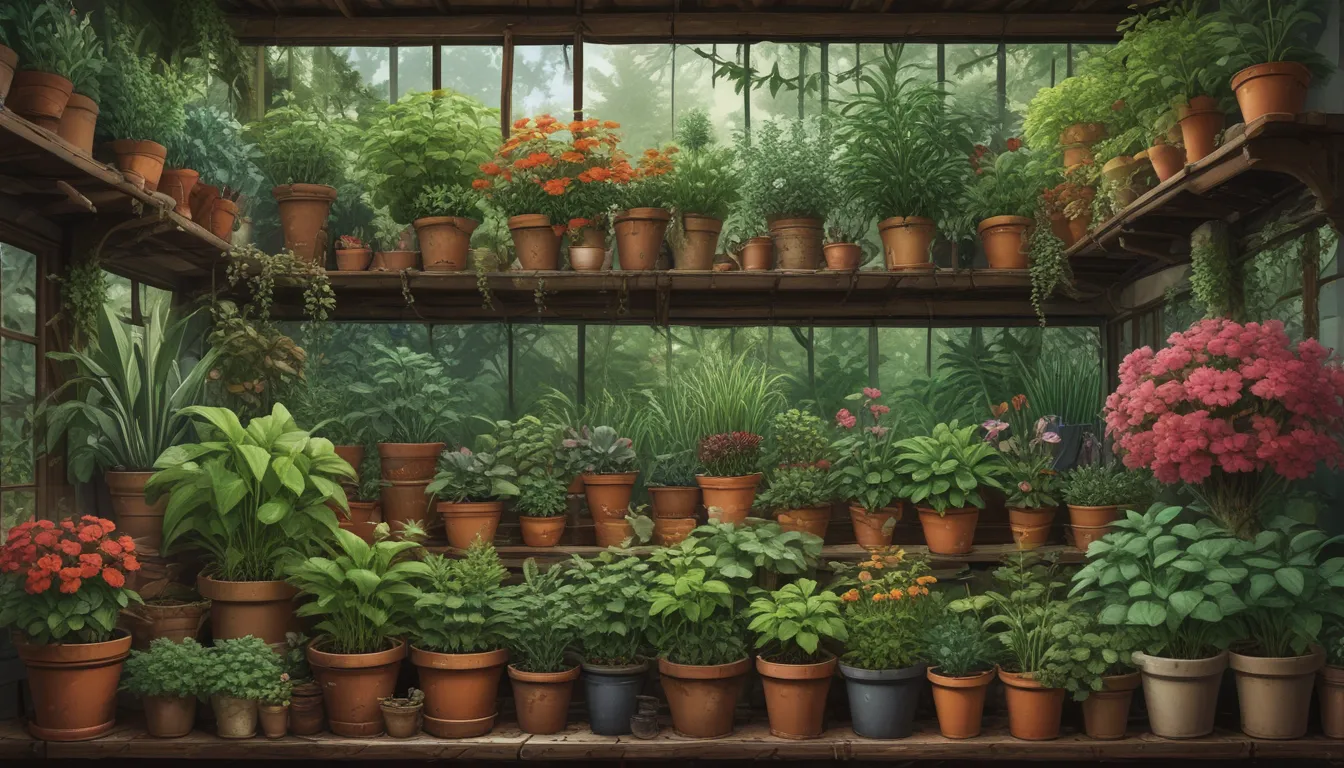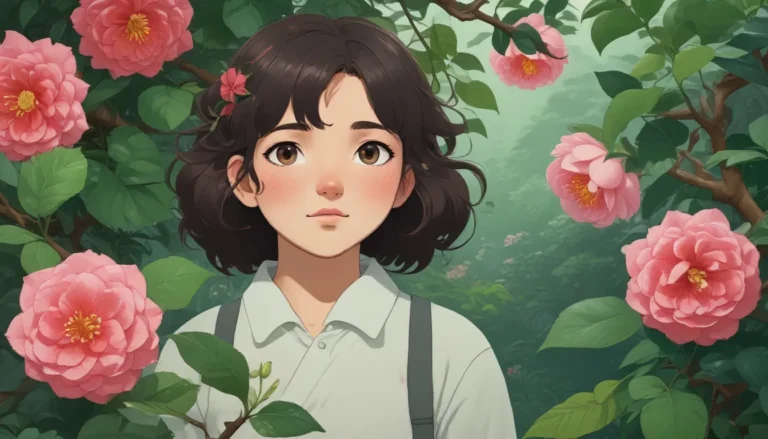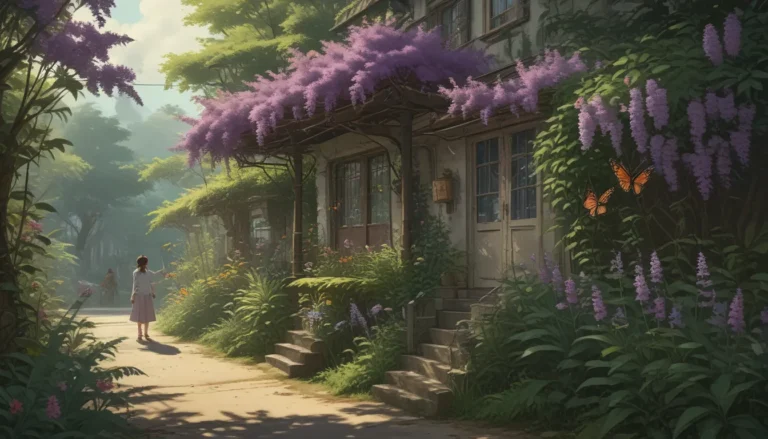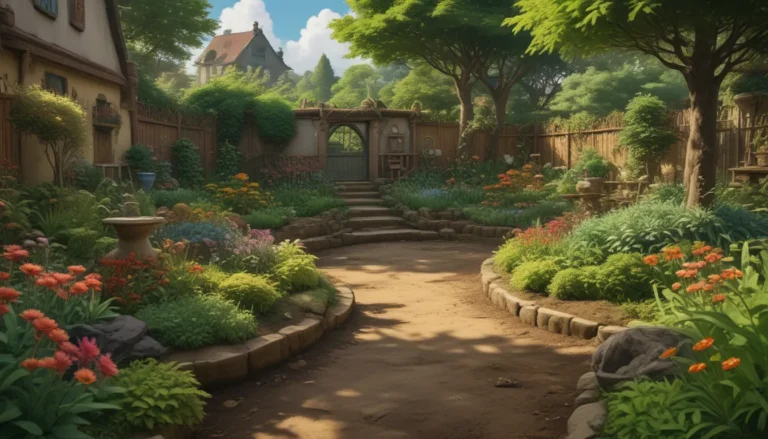The Ultimate Guide to 11 Cold-Temperature Ornamental Plants for Your Fall Garden

Are you looking to add some color and vibrancy to your garden during the cooler months of autumn and right into winter? While spring and summer are known for their blooms, there are still plenty of attractive and colorful plants that thrive in colder temperatures.
In this guide, we’ll explore 11 of the best ornamental plants and shrubs that will brighten up your landscape during the fall and winter months. From colorful flowers to dazzling fruits and seed pods, these plants are sure to add a pop of color to your garden even when the temperatures drop. Let’s dive in and discover how you can enhance your garden with these cool-weather ornamentals.
Our Favorite Cool-Weather Ornamentals for Autumn
- Chinese Lantern
- Cotoneaster
- Garden Mums
- Harlequin Glorybower
- Himalayan Honeysuckle
- Oregon Grape
- Snowberry
- Roses
- Russian Sage
- Sweet Autumn Clematis
- Winterberry Holly
Chinese Lantern
Chinese lantern (Physalis alkekengi) is a stunning ornamental plant that boasts papery pods that turn a deep orange-red color in early autumn. This herbaceous perennial is hardy in USDA Hardiness Zones 3-9 and features small white flowers that bloom in summer, followed by orange fruits that are enclosed in lantern-like calyces. Chinese lantern plants can grow up to 24 inches tall and wide, making them a beautiful addition to any garden.
Cotoneaster
Cotoneaster is a deciduous shrub that offers year-round ornamental appeal, especially in cold-temperature gardens. With pretty pink flowers in spring and colorful fruits that last through winter, this plant is a standout in any landscape. Cotoneaster thrives in Zones 4-7 and can be grown as a shrub or trained to grow on arbors and trellises. Birds are attracted to the berries, making it a wildlife-friendly addition to your garden.
Garden Mums
Garden mums are one of the most popular fall perennials, with varieties that bloom from late August to mid-November. These short-day plants come in a wide range of colors and sizes, making them a versatile choice for any garden. Garden mums thrive in full sun and can be grown in beds, borders, containers, and hanging baskets. With proper care, these plants will reward you with a colorful display well into the fall.
Harlequin Glorybower
Harlequin glorybower (Clerodendrum trichotomum) is a deciduous shrub that blooms with fragrant, honeysuckle-like flowers in late summer, followed by stunning bright blue seed encased in deep pink calyxes. This plant is a four-season delight, attracting butterflies and hummingbirds to your garden. Harlequin glorybower is hardy in Zones 7-10 and can be grown as a specimen plant or in shrub borders.
Himalayan Honeysuckle
Himalayan honeysuckle (Leycesteria formosa) is a deciduous shrub known for its clusters of white honeysuckle flowers and colorful berries that ripen from green to dark purple. This plant grows 3 to 10 feet tall and thrives in Zones 7-9. Birds and hummingbirds are attracted to the berries, making Himalayan honeysuckle a wildlife-friendly choice for your garden.
Oregon Grape
Oregon grape (Berberis aquifolium) is an evergreen shrub with glossy, dark green foliage that turns burgundy in the fall. Fragrant yellow flowers bloom in spring and are followed by clusters of edible, blueish-black berries that last until winter. This plant grows 3 to 6 feet tall and prefers a part shade location. Oregon grape is hardy in Zones 5-8 and can be used in shrub borders, foundation plantings, and shaded gardens.
Snowberry
Snowberry (Symphoricarpos) is a rounded, deciduous shrub with pink flowers that bloom in mid-summer, followed by white or pink berries that last throughout winter. This plant is adaptable to a range of soils and can be used in shrub borders, hedges, and erosion control. Snowberry is a low-maintenance plant that adds a pop of color to your garden even in the coldest months.
Roses
Roses (Rosa) are known for their beautiful blooms, but they also offer a stunning display of color in the fall and winter with their seed pods or hips. Rose hips come in a variety of shapes and colors, ranging from burgundy to bright red. Species roses provide the plumpest hips, while climbing and rambling roses offer cascades of colorful pods. Roses are versatile plants that can be used as specimen plants, in beds, hedges, and on arbors or trellises.
Russian Sage
Russian sage (Perovskia atriplicifolia) is a woody perennial with pale blue flowers that bloom from July to October. This plant requires excellent drainage and full sun and is hardy in Zones 4-9. Russian sage is rabbit, deer, and drought-tolerant, making it a low-maintenance option for your garden. This plant is well-suited for mass plantings, specimen plants, and mixed perennial beds.
Sweet Autumn Clematis
Sweet autumn clematis (Clematis terniflora) is a fragrant vine that blooms from late August to October with star-shaped flowers. The flowers give way to elegant seedheads that last into winter, adding interest to your garden. This vine can grow up to 20 feet in length and is well-suited for arbors, fences, and trellises. With support, sweet autumn clematis can thrive in shade or sun, making it a versatile choice for any garden.
Winterberry Holly
Winterberry (Ilex verticillata) is a deciduous holly that features bright red berries that last throughout fall and winter. These berries are a striking contrast to the dark green leaves of the plant. Winterberry is dioecious, meaning that female flowers need to be fertilized by a nearby male plant to produce berries. This plant is well-suited for mass plantings, large containers, and naturalized areas.
Conclusion
With these 11 cold-temperature ornamental plants, you can bring color and vibrancy to your fall garden. From herbaceous perennials to shrubs and vines, there are plants suitable for every hardiness zone and garden style. Whether you’re looking to add a pop of color to your landscape or create a winter wonderland in your garden, these plants are sure to enhance your outdoor space.
Have you tried any of these cool-weather ornamentals in your garden? We’d love to hear about your experience in the comments below. And if you’re looking for more ideas to add late-season color to your garden, be sure to check out our other guides on woody shrubs, perennials, and annuals for fall color.
As always, happy gardening!





